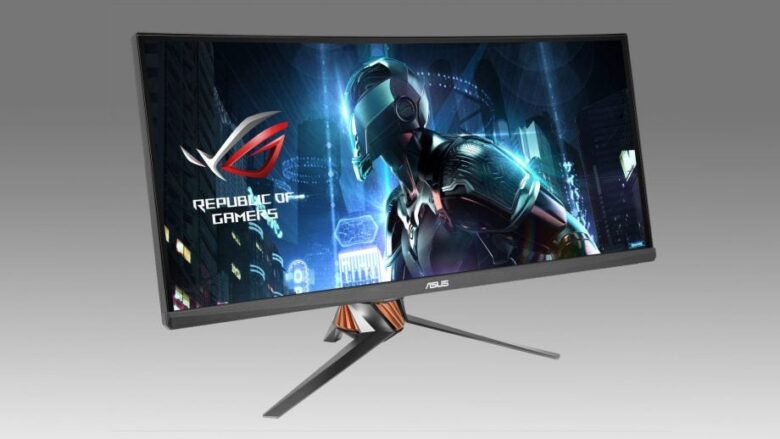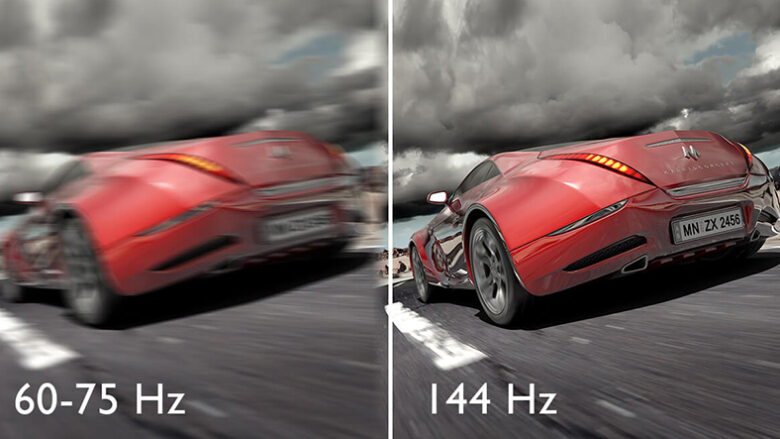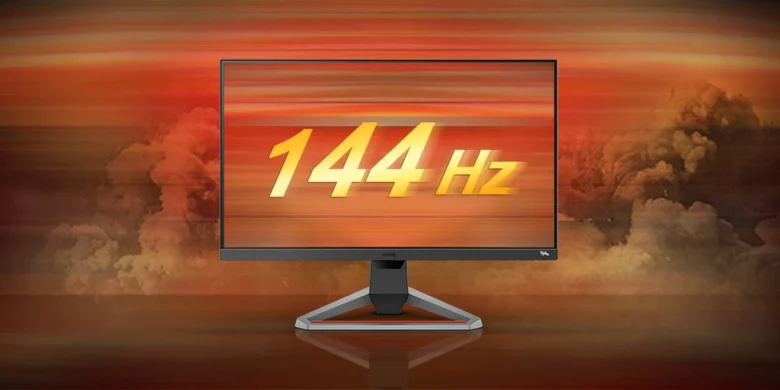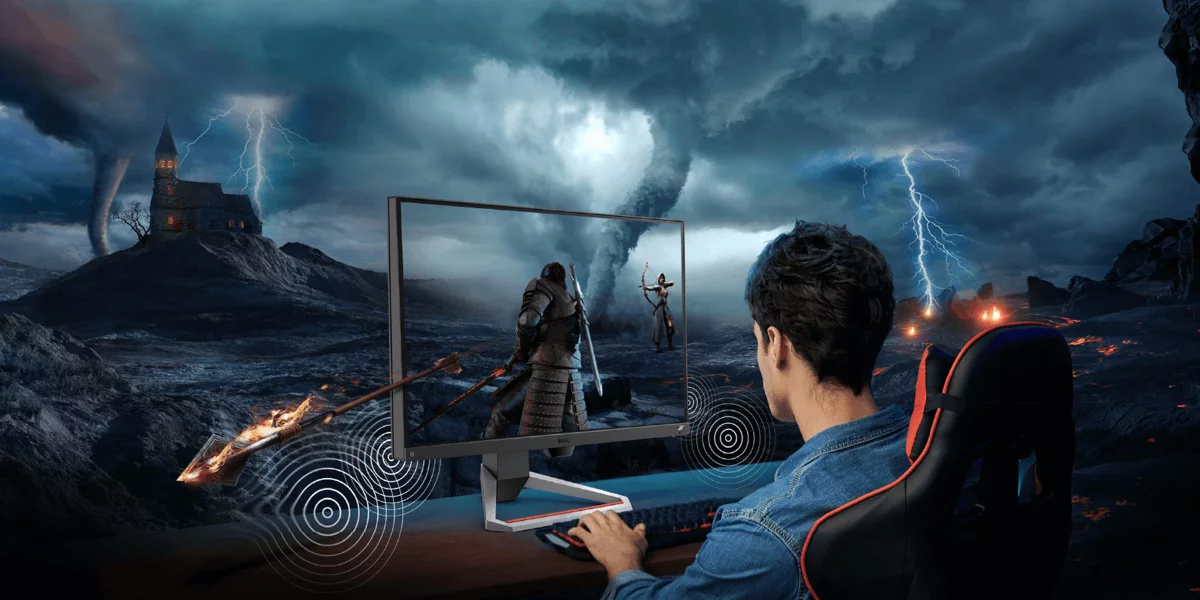Equipping our computer with the best gear with the most potent specifications is usually the main goal when creating a rig. While not all computers need to be overly powerful, it does feel great to feel an improvement in our performances across the board. Where we may best notice these changes is the FPS we can achieve.
How much FPS is enough?
The usual measure of our rig’s capabilities is measured through FPS. The more FPS we can achieve, the better our experience, at least that’s theoretically true. Some games play the same at 30 and 60 FPS due to the lack of any game-changing details we may get from the improvement. However, we will be looking at this situation from the point of view where it does matter.
Fast-paced games are the most fruitful example of the potent impact of FPS. The game will feel insanely different the more frames we have, giving off a feeling that the whole game is faster. Of course, that feeling will impact our controls too. Each move will feel snappy and immediate, with no lag between button press and reaction.
So how much FPS do you need for the optimal experience? Usually, anything more than 60 is unnecessary. However, some people like pushing those numbers to a higher degree. If you are among the people who like doing so, then the potential upgrades to the FPS will be meaningful to you.
What does refresh rate impact?
While the FPS mostly depends on the quality of one’s components, the refresh rate is something tied to the monitor. This specification is measured in hertz and does have an impact on the way our monitor represents things on the screen. While FPS is dictated by other components, the amount of FPS that can be utilized is decided by the refresh rate. The refresh rate showcases the frequency at which the monitor can show frames. This, in turn, limits our utilization of maximum potential FPS to the monitor’s eventual capabilities.

So, what type of monitor should we get to maximize our use of FPS? Usually, the amount we think corresponds to the amount of FPS we can generate, although higher refresh rates are useful regardless. The standard for high-tier experience has indeed become 144Hz. Hence, being the most suggested refresh rates for those aiming to improve their monitor’s capabilities and capitalize on the FPS.
With 144Hz, we can easily translate the usual high-end FPS of 120 into the monitor without any loss of fidelity, which will make a much more enjoyable experience for us when gaming. Of course, there are certain situations where we may exceed these refresh rates with extremely powerful rigs, but it is assumed you will be more than satisfied with this frequency on your refresh rate.
Of course, not every 144Hz monitor is the same. There are still differences in quality and other specifications across the board. Not to mention the difference this refresh rate may play in gaming laptops. That’s why we recommend getting some extra details on the matter from trusted sources. We recommend techweep.com for immediate information on some of these questions.
Does 144Hz improve our FPS?
The short answer is no. A monitor’s refresh rate is technically unrelated to the number of frames our rig can generate. However, it does affect the number of frames we can represent at a time. That’s why we must ensure it always exceeds our rig’s potential FPS numbers.

So while the monitor itself doesn’t increase the FPS, it can help us better use those present on our rig. Regardless, the higher refresh rate will form a higher-fidelity picture no matter what we use our computer for and can help smoothen experiences across the board.
Other ways to increase FPS
While the monitor can only bump up the utility of available FPS, some ways can upgrade your FPS to a new level. Many of these are simple, and a few can be done without hardware changes.
The first way to do this is by switching on Game Mode on Windows 10 and 11. The use of the game mode is to reduce any background drain on our rig’s resources, focusing it on the game we are playing right now. With the simplicity of use, it’s worthwhile getting this little feature up and running as soon as possible.
Similarly so, we can get a decent bump by getting the newest drivers. This will optimize our GPU’s use of resources and generate a much smoother experience. The quality and FPS increase this provides can be further accented with the use of dedicated drivers for certain games. While not every game will have them, those that do will run even smoother now.
Lastly, and most obviously, upgrading your hardware is another way to go about it. The most impactful part of our computer for this purpose is the GPU. It is the component that’s dedicated to processing any graphical details of a program we run, so it makes sense visuals and frames will be the most impacted by it. A switch to newer series of the same GPU can already be enough, but getting a completely fresh release is bound to truly skyrocket the FPS. However, ensure your rig is compatible with the GPU, or you could end up with one you cannot install.
Conclusion
The refresh rate doesn’t increase your FPS but instead increases how many of those frames can be represented on the screen. The frequency should be above a potential number of frames you can achieve, meaning it will utilize GPU’s capabilities the most. That goes for any GPU from merely decent to extremely potent ones.

While the refresh rate doesn’t directly impact our FPS, we can still get some extra frames by following some other steps. Among those steps, there are many that merely include software and features being turned on or updated. While the eventual, and most impactful resolution is getting a new GPU, it is not the only one. Hopefully, they will bump up the FPS enough to form a truly smooth and enjoyable experience.

